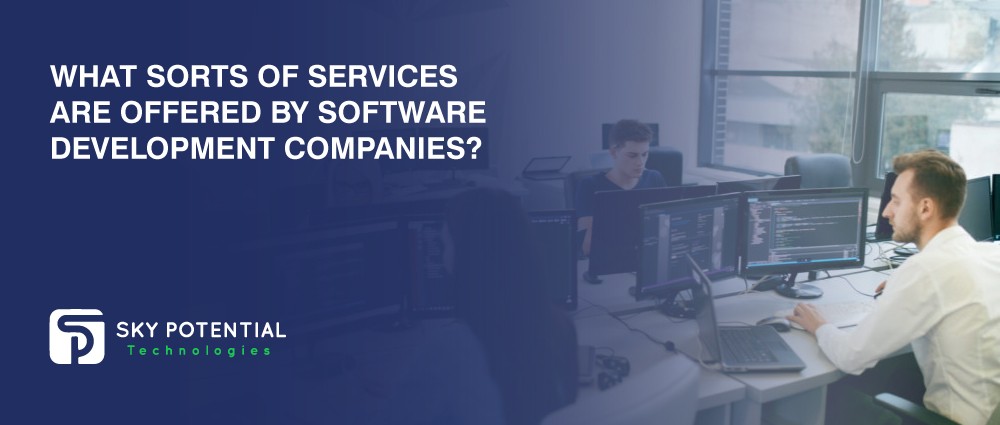- AI

Artificial Intelligence

Smart Products & Services
We follow Smart Products & Services

Intelligent Business Functions & Processes
We follow Intelligent Business Functions & Processes

Robotic Process Automation
We follow Robotic Process Automation

Personalized
healthcareWe follow Personalized healthcare

Identifying at-risk patients
We follow Identifying at-risk patients

Optimized routing and scheduling
We follow Optimized routing and scheduling
- ML

Machine Learning

Predictive
AnalyticsWe follow Predictive Analytics

Service Personalization
We follow Service Personalization

NLP
We follow NLP (Natural Language Processing)

Stock Market Forecasting
We follow Stock Market Forecasting

Fraud Prevention
We follow Fraud Prevention

Recommender engines
We follow Recommender engines
- blockchain
- IOT

Internet of Things
- AR
- Business Solutions

Business Solution

Business Performance Management
We follow Business Performance Management

Decision Making & Big Data Analytics
We follow Decision Making & Big Data Analytics

Enterprise Data Management
We follow Enterprise Data Management
- Apps

Apps

Native Apps
We follow Native Apps

Cross Platform Apps
We follow Cross Platform Apps

Web Apps
We follow Web Apps

Hybrid Apps
We follow Hybrid Apps

Cloud Native Apps
We follow Cloud Native Apps
- Lab

What Sorts of Services Are Offered By Software Development Companies?
Software development is the process of creating and maintaining the many components of software, such as frameworks and applications. This methodical, controlled approach takes the programme from its inception as an idea to its successful completion. The process of developing software such as ionic app development services in the UK, includes gathering requirements, prototyping, changing, testing, and maintenance, among other specialised duties. Software is frequently built independently of hardware and other applications, as is the case with system software. It is necessary to integrate the development of the software with that of the related product when developing embedded software, such as that used to run consumer goods.
Two general categories can be used to classify the motivations for developing commercial software: meeting a specific customer request and meeting the needs of a sizable potential user base. A software development company, will create custom software according to its client’s requirements in order to meet a particular need. In order to meet common requests, a developer must first identify and ascertain the software’s user base. Due to the increasing demand for quality control in software development, the field of software engineering seeks to take a systematic approach to enhancing software quality.
Several specialised services are part of software development, including the following;
-
Creation of Personalized Software
To fill up the gaps left by their current commercial off-the-shelf (COTS) solutions, large enterprises frequently create custom software. Among the most popular applications are those for managing content, clients, resources (human and otherwise), and inventory. In many instances, an organization’s custom software was created before COTS software was available to carry out the necessary activities.
Custom software is usually more expensive than COTS software since development costs cannot be divided across several implementations as they can with COTS software. Yet, COTS software may require customization before it can successfully support the functions of a particular implementation. So, it can take longer and cost more to customise COTS software than it does to create custom software.
Another benefit of custom software is that it usually comes with the source code, which the user can adapt to suit his or her changing needs. Nevertheless, application programming interfaces (APIs) that offer extension for the domain-specific language are frequently included in contemporary COTS software (DSL). These features allow COTS software to offer significant customization without requiring access to the system’s source code.
-
Considerations

Financial, supplier, and implementation difficulties can be broadly characterised as the variables used to decide whether a specific problem should be solved using custom software.
The usage licence is the main expense for COTS software, and as it must be paid up front, it can be simply calculated. On the other hand, there is always a degree of uncertainty surrounding the costs and advantages of custom software.
The biggest provider concern with COTS software is how long the supplier plans to stay in operation. In the case of COTS software, getting support and modification from a third party may not be possible, particularly if the provider abruptly goes out of business.
The development of custom software is typically done either internally or outside. If in-house development is not viable, customers must consider the reputation and track record of potential outsourcers.
With custom software, it is less probable that complete business solutions processes will be standardised across a variety of implementations. COTS software can provide improvements in operational efficiency in the event of a large company with numerous implementations. Realizing this benefit, however, necessitates the assumption that each implementation doesn’t need a lot of customisation, which is frequently false.
-
Development of Web Apps

Web application development is a progression of conventional software development with particular characteristics, such as a higher demand for iterative development. Since web apps are far more vulnerable to attack than conventional desktop applications, security is also a bigger problem for them. Millions of users may access a stock trading website, for example, with the intent to exploit application security holes for financial gain. Web developers can lower this risk by utilising methods that put more of a focus on documentation, testing, change control, and quality assurance because of the heavy workloads involved with web applications.
Online applications often have shorter development lifecycles and more business models than desktop programmes.
Development teams are often smaller than in traditional software development, but they have access to a greater variety of test plans. More end-user evaluations that yield more exact needs are another type.
Web application testing often follows the same unit, integration, and system testing phases as conventional development. The major goals of this method are to determine whether the application acts as planned and to determine the modifications needed to change that behaviour. There are more inaccuracies in the data that online applications employ, including omissions, redundancies, and improper labelling. Moreover, web applications have more changeable setups and more layers. Testing web applications is much more challenging because each layer must be tested separately.
Web developers use frameworks and code reuse more frequently than desktop developers to shorten the time to market. Reusing external components is very important for reducing development time, which frequently also lowers costs. Little component development frequently takes less time than learning new APIs for software Development Company, nevertheless.
-
Application Development for Mobile
Applications, sometimes known as mobile apps, are created expressly for use on mobile hardware, including smartphones, tablets, and digital assistants. These might be added later from a web server or during the device’s manufacturing process. Mobile developers must take into account a diversity of display sizes, hardware, and configurations due to the lack of current mobile device standardisation.
Because mobile devices have limited displays, the user interface (UI) is a vital design element when creating mobile apps. Mobile designers also need to take into account how the user interacts with the user interface (UI), which requires a closer integration of hardware and software than is customary in traditional software development.
Other factors that are increasingly important are the portability of these devices, the larger variety of user inputs, and the lower screen sizes for mobile developers. Mobile apps commonly gather context from user behaviour depending on location and schedule, in contrast to desktop development. The amount of keystrokes and other interactions needed to complete a task must be decreased by the user interface (UI) for mobile apps.
Mobile user interfaces depend on a backend for organisational responsibilities including data routing, security, off-line operations, and service synchronisation. Many middleware components, such as mobile backend as a service (MBaaS), service-oriented architecture (SOA) infrastructure, and mobile app servers, enable this feature.
-
Platform Choice

The infrastructure already in place and the software development company’s current skill set are the two most crucial considerations when choosing a development platform for a mobile web app development. Also, it’s critical for developers to take into account users’ expectations, which differ substantially depending on the platform. Given the strong connection between a mobile app’s performance and user pleasure, it is even more important than it is for desktop applications to take into account a mobile app’s performance when picking a platform. According Statista, in 2022, the global app market is anticipated to generate US$430.90 billion in sales.
Also, developers must decide between cross-platform development, which calls for the app to work across several platforms, and native development, in which they only create the programme for one platform.
Performance and the state of technology at the time of the decision are the most crucial elements. By utilising tools that are highly standardised across platforms, such as CSS, HTML, and JavaScript, cross-platform environments often boost usability.
To help developers choose between native and cross-platform development, mobile platform creators have issued benchmarks and standards. For instance, Android programmers use plug-ins for the Eclipse Integrated Development Environment’s Android Developer Tools (ADT) to create apps (IDE).
-
Using the Cloud

The on-demand availability of computing resources including processing and data storage is referred to as cloud computing since it does not involve active user administration. This resource pooling allows cloud computing to scale up very efficiently. In general, cloud computing refers to the usage of data centres to provide services to customers over the internet, typically by dispersing tasks from central servers to many places. These servers may also be known to as edge servers if they are situated quite close to their users. A cloud is considered private when just one organisation has access to it, and public when other organisations can use it.
-
Programming Prototypes
Iteratively building partial versions of an application leads to progressive improvement through the process of software prototyping. This is comparable to the prototyping work that is frequently done in industries like manufacturing and mechanical engineering. A software prototype may differ significantly from the finished product and often only executes a small number of the necessary functions.
The primary advantage of prototyping over traditional software development is that users give developers frequent feedback early in the project. Users and developers can rapidly assess how closely the prototype adheres to the software requirements used to create it.
Conclusion
Depending on their areas of expertise, software developers frequently offer a number of specialty services. When commercially available software (COTS) is unable to satisfy the user’s needs, this often entails the development of custom software. Some of these services focus primarily on writing code for various platforms, including mobile devices, desktop computers, and cloud platforms. If you are looking for software development company, who offers complete business solutions, and mobile web app development services then get in touch with Sky Potentials.



















































Leave a Reply